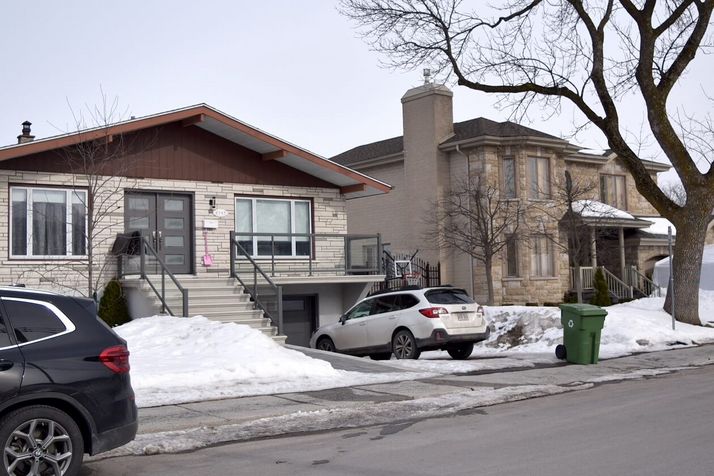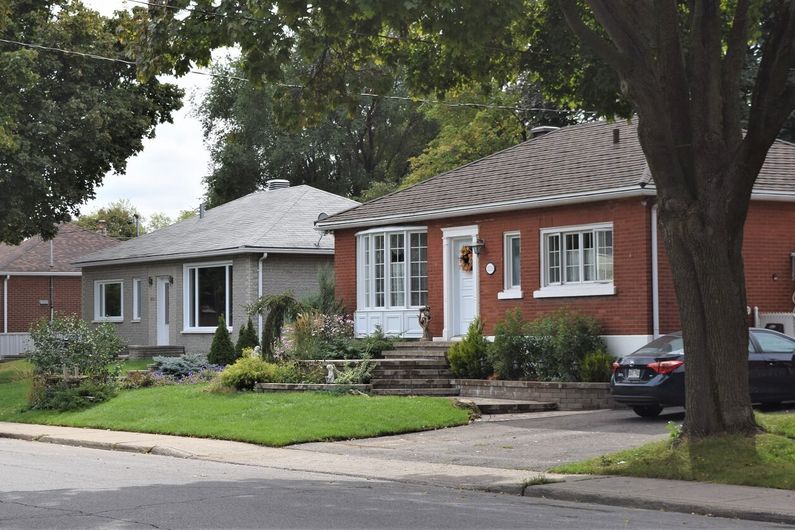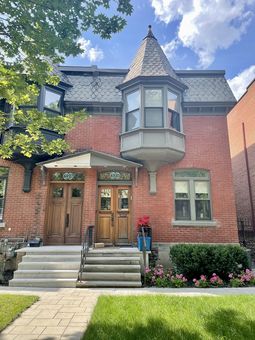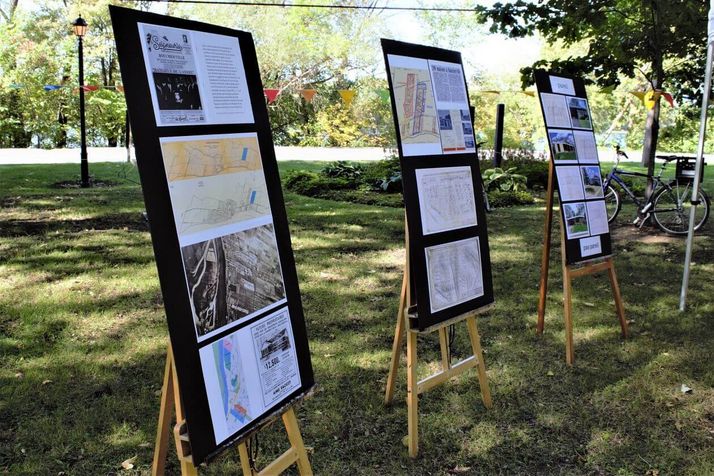Preserving suburbia
- UdeMNouvelles
09/01/2022
- Virginie Soffer
A raft of initiatives over the past 20 years testifies to growing interest in preserving Quebec’s bungalows.
Ever find yourself strolling through a neighbourhood of neat mid-century suburban bungalows, only to stop short at the site of a monstrous McMansion or tower block? Yet another humble abode has breathed its last, transformed by the new owners into a blight on the urban landscape.
But in the past 20 years, various cultural and institutional initiatives to preserve the suburban landscape have emerged. Faculty of Environmental Design student Lise Walczak has been studying these efforts as part of her doctoral research, under the supervision of Gérard Beaudet.
In France, suburbs have a bad rap
Walczak grew up in a modest home on the outskirts of Paris. When she began her studies in geography and urban planning at the Sorbonne in Paris, she came face to face with the stigma attached to living in the suburbs. In France, negative stereotypes cling to the suburbs.
“When people think of the suburbs, the first things that come to mind are often high-rise clusters, crime and danger,” Walczak explained. “People also associate the urban periphery with car dependency, concrete commercial districts and thousands of mass-produced cookie-cutter homes. The suburbs are seen as the epitome of boredom, a bleak void.”
Walczak quickly realized there was a gulf between her own experience and what she was being taught at university. She had felt a strong sense of community in the suburbs: “The suburbs too are a place with a history, a place where people are proud to live.” She spent her first internship cataloguing the urban heritage of Gonesse, a small community in the suburbs of Paris. Her findings reinforced her belief that the suburbs have a heritage worth preserving.
A different picture in Quebec
When Walczak came to Montreal to pursue her studies, the first thing that struck her were the picturesque landscapes, abundant vegetation and imposing Victorian-style dwellings in the upscale suburbs of Westmount and Mount Royal. Then she noticed the architecture of the single-storey bungalows, the carports and open gardens in middle-class suburban neighbourhoods, such as Saint-Léonard and Montreal East. She realized these neighbourhoods also had an architectural heritage of value.
Postwar suburban housing boom
“The postwar period was synonymous with modernity and prosperity,” said Walczak. “It had a huge impact on Quebecers. For the first time, many people were able to buy well-built homes, complete with bathroom, kitchen and household appliances. Unlike France, where suburbs have a negative connotation, in Quebec they are seen as an important part of the built cultural heritage.”
The changing urban landscape
Urban densification is taking its toll on suburban bungalows. Some owners have replaced the original materials with materials of sometimes poorer quality. Others have taken advantage of low property prices to demolish their bungalows and erect McMansion-style manors. Real estate developers have put up multi-storey residential buildings. Colour schemes are often ignored and trees chopped down. Transformations such as these rupture the urban fabric.
Hope for preserving the suburbs
Over the last 20 years, urban planning bylaws have been passed to counter the drastic changes and protect the architectural integrity of suburban neighbourhoods. Suburban preservation efforts have been launched in areas such as Riverside in Lasalle and Village Champlain in Hochelaga-Mercier-Maisonneuve.
The Riverside district has been kept intact, as the borough introduced bylaws in the early 2000s to preserve the area’s urban design and architecture. “If you take a stroll around the neighbourhood, you’ll notice that the bungalows have retained their original features,” said Walczak. “The residents are keen to preserve their district. Very early on, the Hochelaga-Mercier-Maisonneuve borough also decided to use bylaws to protect the sector from unwelcome makeovers. And heritage conservation organizations, such as the Boucherville Heritage Society, are working to save their built cultural heritage.”
Push to protect the built heritage in the suburbs
However municipalities and heritage organizations aren’t fully equipped to preserve their heritage.
“I don’t think there’s a common vision in Quebec on preserving urban heritage,” Walczak lamented. “There aren’t enough human, technical and financial resources. Municipalities are unprepared to take on the challenge. We need to make elected representatives and municipal officials more aware of the need to preserve and enhance their towns’ assets. Growing numbers of cities and associations are trying to conserve and value this slice of the recent past that left its mark on so much of Quebec.”
-

However municipalities and heritage organizations aren’t fully equipped to preserve their heritage. “I don’t think there’s a common vision in Quebec on preserving urban heritage,” Walczak lamented. “There aren’t enough human, technical and financial resources. Municipalities are unprepared to take on the challenge. We need to make elected representatives and municipal officials more aware of the need to preserve and enhance their towns’ assets. Growing numbers of cities and associations are trying to conserve and value this slice of the recent past that left its mark on so much of Quebec.”
Credit: Lise Walczak














